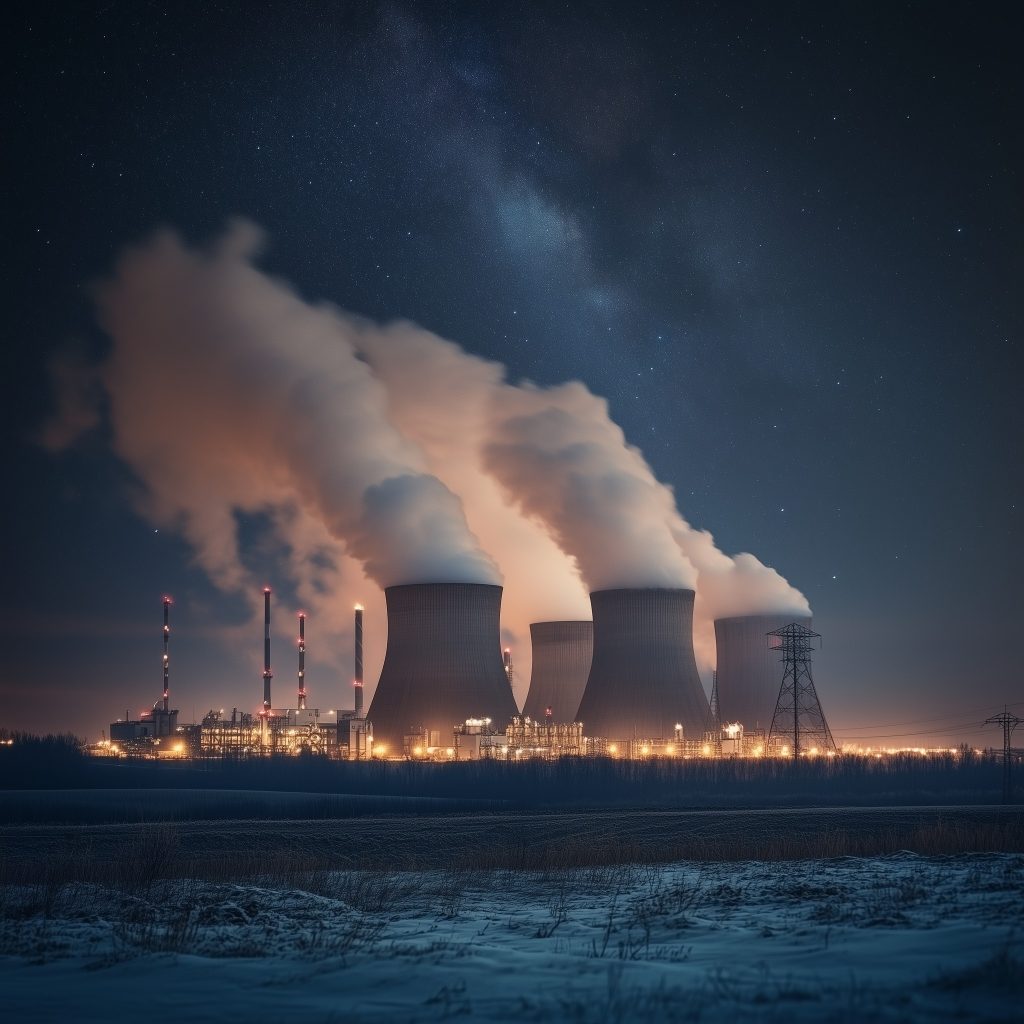In a historic achievement, China has successfully developed and tested the world’s first nuclear reactor with zero risk of meltdown, ushering in a new era of nuclear safety and innovation. The HTR-PM reactor, located at the Shidao Bay Nuclear Plant, is a groundbreaking leap forward in the quest for cleaner, safer, and more reliable energy.
Unlike traditional nuclear reactors that rely on water for cooling, the HTR-PM employs an advanced pebble bed design and uses TRISO fuel—small, ceramic-coated uranium particles that are engineered to withstand extreme temperatures. This design innovation allows the reactor to naturally dissipate heat through conduction, radiation, and convection, even in the event of a complete power loss.
The reactor underwent two full-scale tests in 2023, each demonstrating its remarkable ability to shut down safely and dissipate heat without any external power supply. During these tests, the reactor’s temperatures never exceeded 870°C—far below the catastrophic levels of 2800°C seen in nuclear disasters like Fukushima. This self-cooling mechanism ensures that the reactor can remain stable and avoid catastrophic failures.
This achievement is part of a larger global initiative to make nuclear power safer and more sustainable. With a power output of 200 MW, the HTR-PM reactor offers significant promise as a clean energy alternative. Its successful operation could pave the way for the broader adoption of advanced nuclear reactors, offering a reliable and environmentally friendly solution in the global shift toward greener energy sources.
China’s innovation in nuclear safety represents a major milestone in the industry, potentially rebuilding public trust in nuclear energy. As the world seeks to address the challenges of climate change, this breakthrough reactor could play a critical role in ensuring a safer, more sustainable future for energy generation.



Comments (0)
No comments yet. Be the first to comment!
Leave a Comment